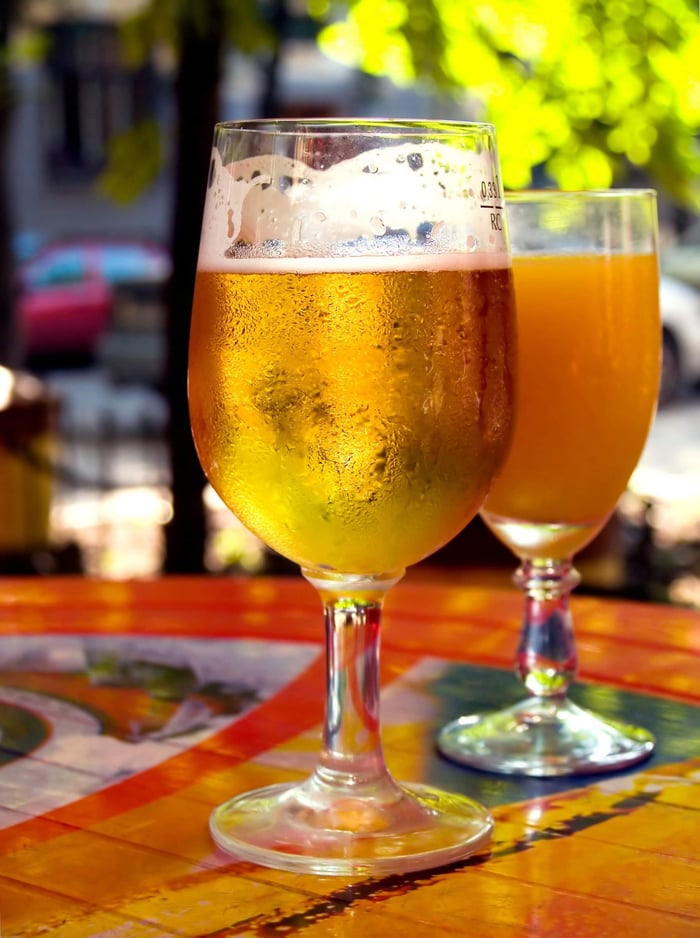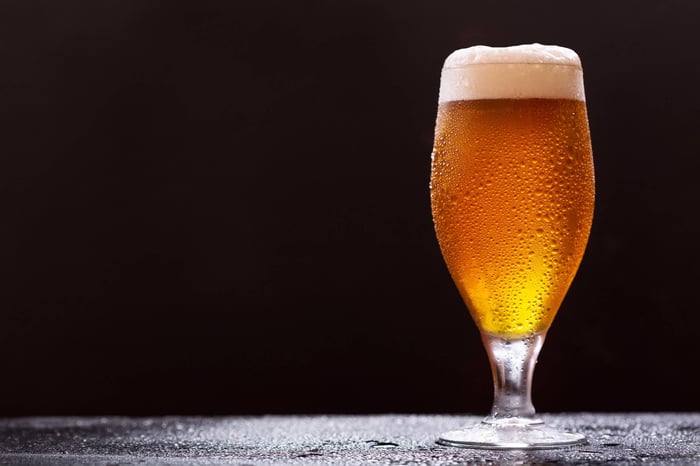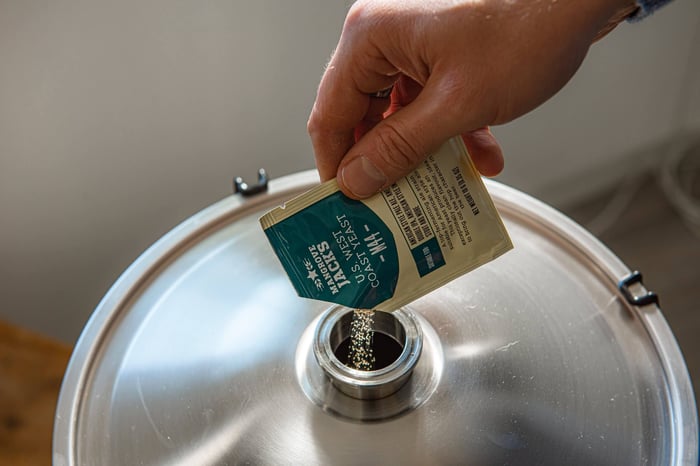Ever wonder why some IPAs just hit different? We're talking about Cold IPAs here – and before you roll your eyes at yet another IPA variation, hear us out. This style might just become your new obsession, especially when those summer temperatures start climbing.
What Exactly Makes a Cold IPA... Cold?
Here's the thing that trips up most brewers: the "cold" in Cold IPA has absolutely nothing to do with serving temperature or brewing methods. We know, confusing name choice by whoever coined it, right?
Think of Cold IPA as the crisp cousin in the IPA family tree. These beers lean heavily on pilsner malt as their foundation, often incorporating up to 40% corn or rice to dial up that clean, refreshing character. Sound familiar? Yeah, it's giving serious IPL (India Pale Lager) vibes, and you're not wrong to notice the similarity.
The difference is that Cold IPAs have essentially picked up where IPLs left off. While many IPLs struggle to balance their identity – caught between being a hoppy lager or an IPA with lager yeast – Cold IPAs seem to have found their sweet spot.
Mastering the Hop Profile
When Should You Add Your Hops?
Cold IPAs walk a fine line between West Coast IPA aggression and New England IPA juiciness. You want enough bitterness to support that crisp malt backbone – think 40-70 IBU total – but not so much that it overwhelms the refreshing quality.
Here's our approach: target 25-55 IBU from your boil and whirlpool additions, then let dry hopping contribute the remaining 15 IBU through hop polyphenols and biotransformation. Load up on New World hops during whirlpool and dry hop phases to capture those tropical and citrus notes that make this style shine.
Pro tip: American hop varieties like Citra, Mosaic, and Simcoe work beautifully here, giving you that fruit-forward character without the heavy resin notes.
The Yeast Question Everyone's Asking
Ready for the plot twist? Most Cold IPAs use Fermentis 34/70 lager yeast, but before you start questioning everything, let us explain.
We're not talking about traditional lager fermentation here. These hybrid lager strains can ferment around 66°F (19°C), similar to California Common and Kölsch yeasts. This warmer fermentation promotes the biotransformation that creates those coveted tropical fruit flavors during dry hopping.
Alternative approach: If 34/70 feels too risky (and we get it – lager yeast can be temperamental when pushed), try a California Common or Kölsch yeast instead. We've found these give more consistent results while maintaining that clean, crisp character.
What to Expect from Your Brew Day
Grain Bill Strategy
Start with pilsner malt as your base – this gives you that clean foundation. Add flaked rice (we prefer this over corn for texture) at around 20-30% of your grain bill. Balance this light grain bill with a slightly more mineral water profile and bump your mash temperature up a degree or two to add some body.
Temperature Control is Key
Whether you're using 34/70 or going the California Common route, temperature control matters more here than in your typical ale. Keep things steady and don't rush the process – this style rewards patience.
Hop Timing Breakdown:
- Boil additions: Minimal, just enough for structure
- Whirlpool: Your primary bittering source
- Dry hop: Where the magic happens – heavy and late
Why We're Calling Them HAHAs
Look, we'll be honest – the name "Cold IPA" tells you nothing useful about what you're drinking. That's why we've started calling these Hoppy Adjunct Hybrid Ales (HAHAs) around the brewery. Plus, it gives us a chuckle every time someone asks about "that HAHA beer."
These beers bridge the gap beautifully, taking NEIPA lovers on a journey toward West Coast and Modern IPA appreciation. They're approachable without being boring, crisp without being thin.
Recipe Notes:
- Target OG: 1.050-1.065
- Final gravity: 1.008-1.012
- ABV: 5.5-7%
- IBU: 40-70
- SRM: 3-6
Ready to give it a shot? Check out our Cold IPA recipe – we've dialed in the measurements and timing to take the guesswork out of your first batch.
Shop Grainfather equipment for your Cold IPA brew day – because the right equipment makes all the difference when you're chasing that perfect crisp character.
Grainfather Team










